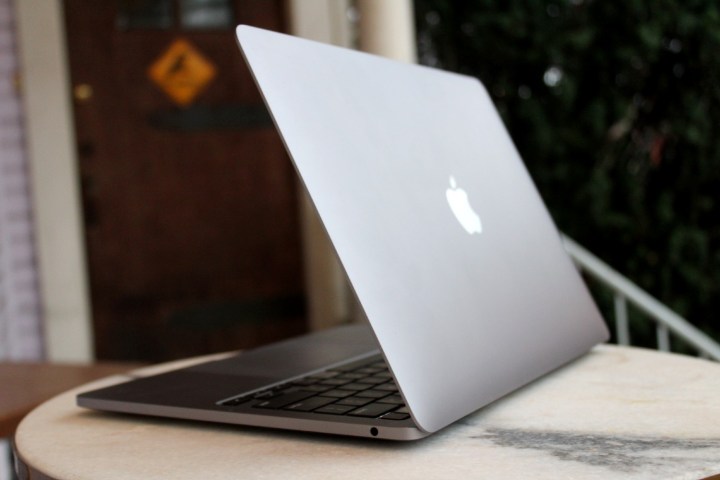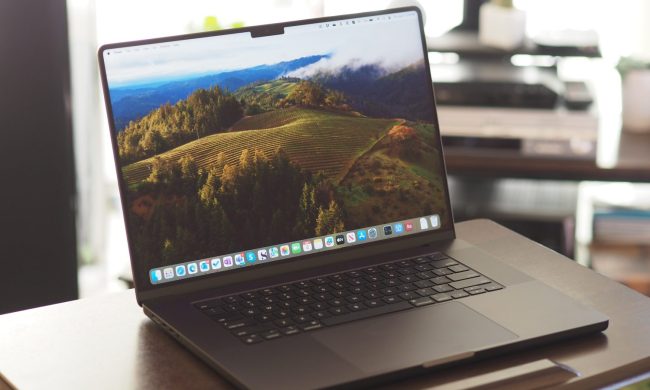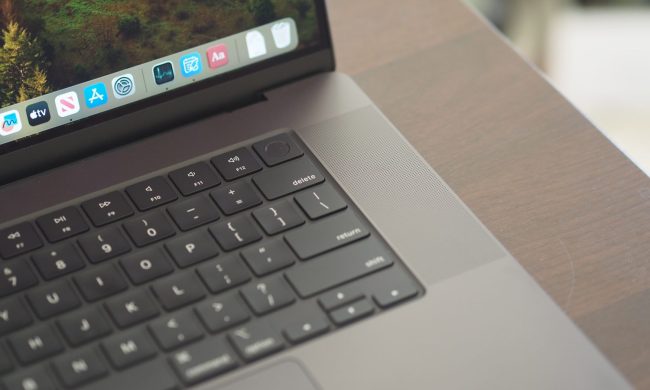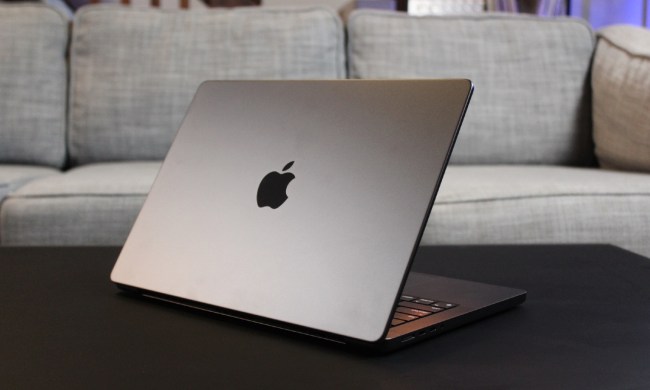Apple’s 2021 16-inch MacBook Pro is expected to usher in a new display technology in addition to getting a refresh that will bring the same M1 processor that debuted on the company’s MacBook Air and 13-inch MacBook Pro laptops. The 16-inch model is expected to get mini-LED backlighting, according to a recent supply chain report, which could help improve color accuracy, contrast, and boost brightness, allowing the notebook to be a versatile mobile workstation for creative workflows.
Not to be confused with the micro-LED technology that’s been rumored for future models of the Apple Watch, mini-LED is a backlighting technology that can work with current liquid crystal displays used on Apple’s MacBook lineup.
Apple could potentially squeeze in a lot more mini-LEDs to light up various areas of the display. Though unconfirmed by Apple to arrive in the much anticipated 16-inch MacBook Pro refresh for 2021, speculation about the new backlighting technology was also previously confirmed by well-known Apple analyst Ming-Chi Kuo in an earlier report. Kuo speculated that Apple will be moving toward mini-LED backlighting on MacBooks in early 2021.

According to 9to5 Mac, up to 10,000 of the smaller mini LEDs can be outfitted on the 16-inch panel, which could allow the MacBook’s display to have more even and uniform brightness across the entire display.
If all that sounds familiar, it’s because Apple had tried using smaller LEDs to bring professional-grade displays to the market. The wildly expensive Pro Display XDR utilizes a “2D backlighting system using 576 full array local dimming zones,” according to Apple, though the company did not explicitly specify if micro-LED, mini-LED, or other LCD backlighting technology was behind its monitor.
The backlighting system on Pro Display XDR allowed the IPS LCD panel with oxide TFT technology to reach a peak brightness of 1,600 nits and a contrast ratio of 1,000,000:1, Apple claims. To control the 20.4 million LCD pixels and 576 LEDs in the backlight, Apple developed its own timing control, called TCON, to keep the display in sync.
If Apple moves toward mini-LED for the 16-inch MacBook Pro, the TCON silicon will likely appear in some form alongside Apple’s custom M1 processor.

The ProDisplay XDR relied on Apple’s “cheese grater” design on the rear to passively cool the panel, negating the need for noisy fans inside. It’s unclear if using so many mini-LEDs on a laptop will require Apple to make any design changes to allow for better passive or active cooling. Kuo expects that mini-LED technology will also trickle down to Apple’s iPads as well.
Though creatives will likely swoon over screen accuracy when working on design projects, another benefit of lighting up individual zones on a display is even better battery life. For comparison, Apple’s M1-powered MacBook Pro 13-inch is rated for 20 hours of battery life, or “the longest in any Mac ever,” the company stated.


